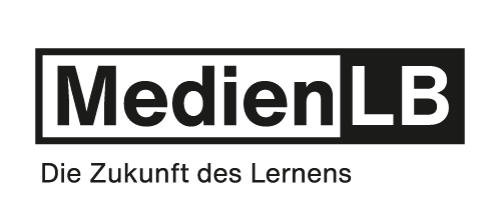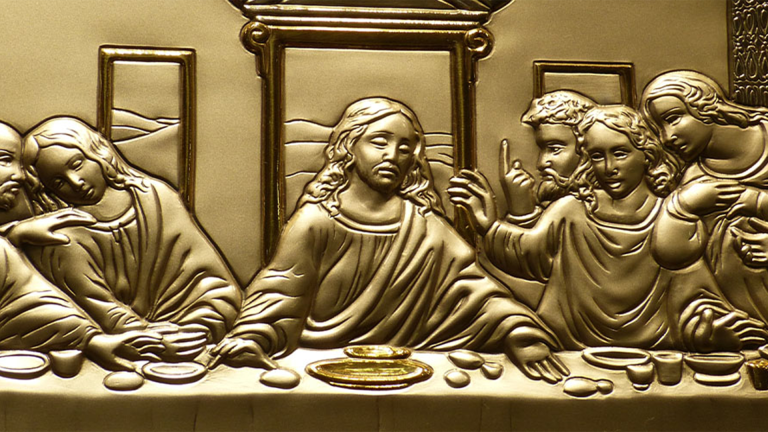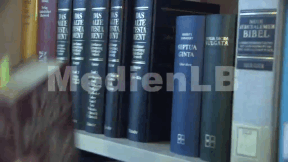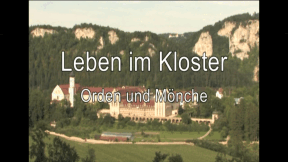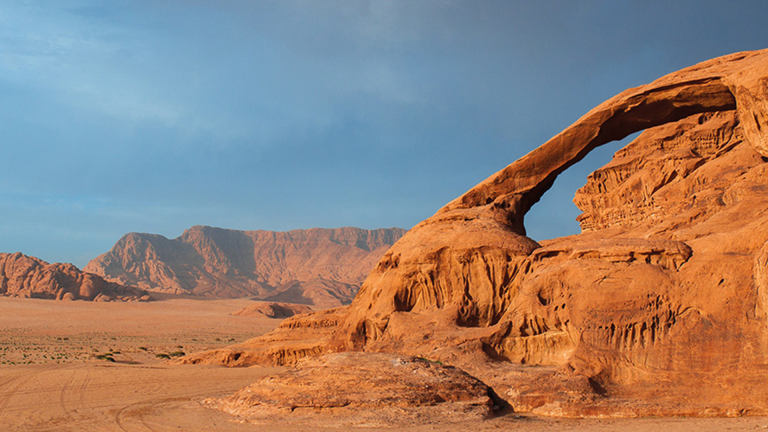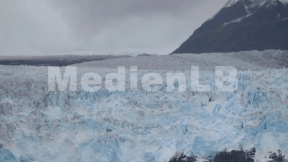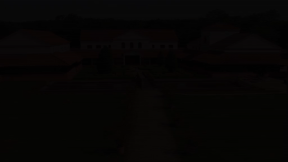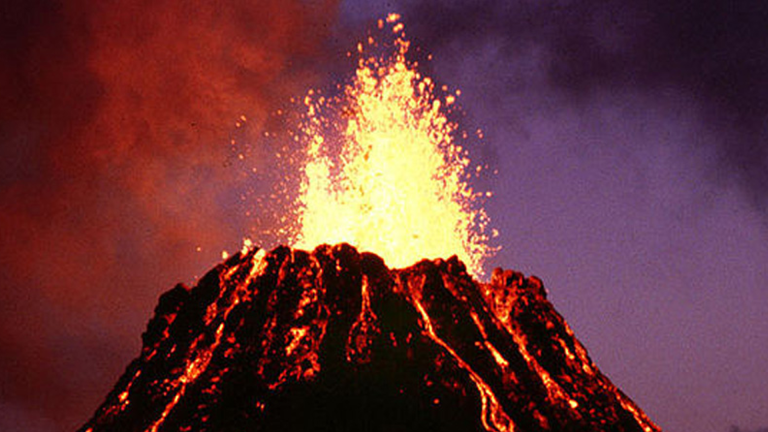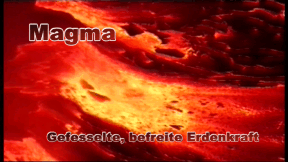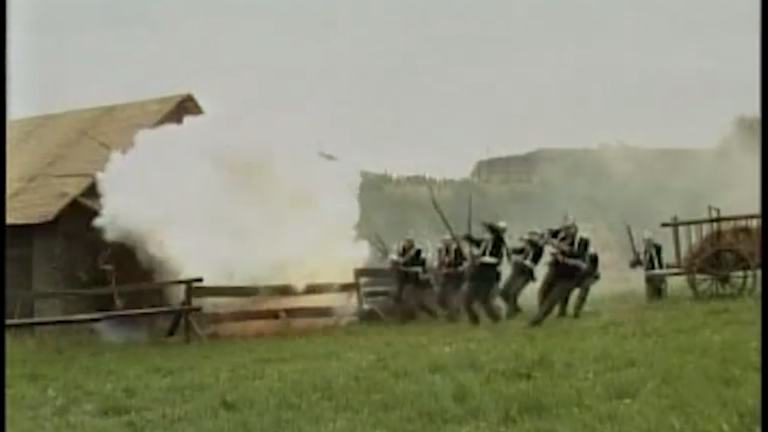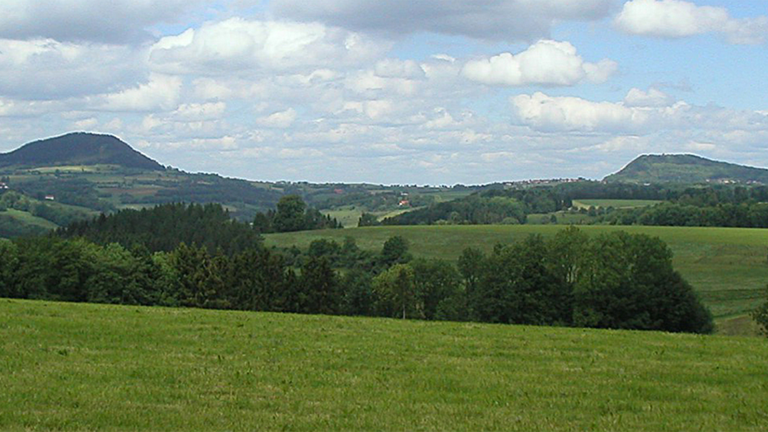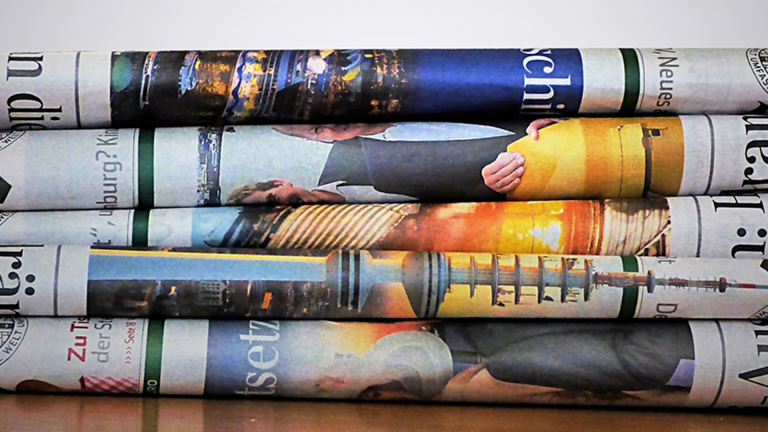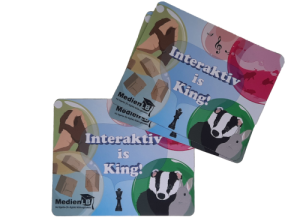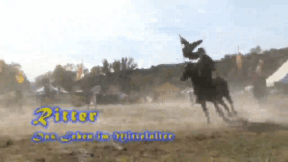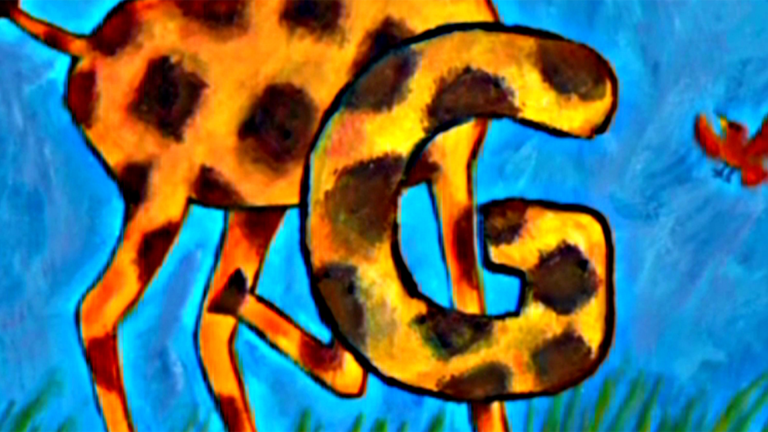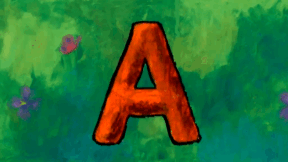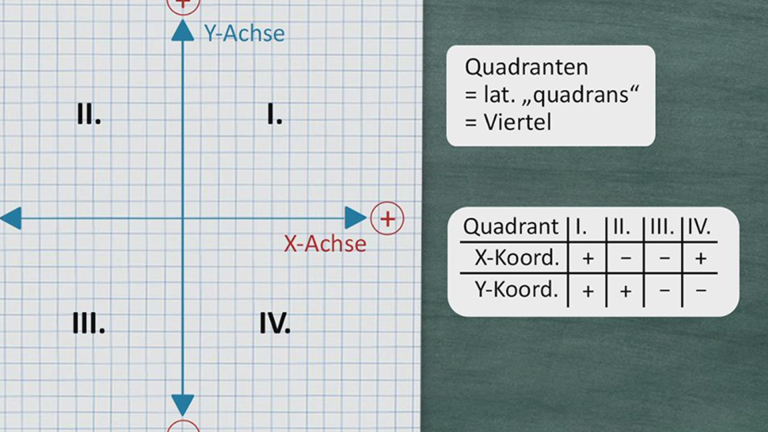Suche:
- # Artistry
- # Biology
- # Chemistry
- # Ecological
- # Economy
- # English
- # Foreign Language
- # Geography
- # German
- # Health
- # History
- # Informatik
- # Latin
- # Mathematics
- # Media Education
- # Music
- # Physics
- # Politics / Civics
- # Preschool
- # Primary School
- # Religion
- # Society
- # Sports
- # Technology
- # Training of Teachers
- # Vocational Education
Die zwölf Apostel
Die zwölf Apostel kündeten von Jesu Leben, seinem Sterben am Kreuz und seiner Auferstehung.
Learn moreLeben im Kloster
Mönche tragen braune Kutten und als Frisur die Tonsur. Mehr wissen wir in der heutigen Zeit meist nicht über Mönche. Dabei gibt es viele Unterschiede innerhalb dieser Lebensform. Was genau sind Mönchsorden und wie sind sie entstanden? Wie viele verschiedene Orden gibt es? Wie leben Mönche und Nonnen? Welche Aufgaben haben sie in der heutigen Zeit?
Learn moreDesert
Deserts and semi-deserts cover roughly a third of the entire landmass of the Earth. A huge area of our planet is thus defined as an arid region.
Learn moreUrbanisation
Cities, that is, concentrations of culture areas, existed already in ancient times, but the spread of metropolises worldwide, the so-called metropolisation, has developed at an explosive rate mostly during the last 20 to 50 years not only because metropolises are the economic engines of a world that has become global but also because they are centres of art, education and culture. Fashionable metropolises are hip and trendy.
Learn moreMagma
The face of our home planet is subjected to constant change. Mountains are created and eroded over time, oceans flood continental areas, glaciers assume gigantic proportions, modify landscapes and melt – all this happens mostly in very long geological periods of time. Far more spectacular and more comprehensible to humans in terms of time, however, are natural phenomena associated with magmatism, above all, when we encounter them in their most obvious manifestation, volcanism. These natural events that entail far-reaching changes on the surface of the earth, sometimes devastating destruction and high casualties, have impressed civilisations, inspired their imagination and often spread fear and terror from time immemorial. Let us look with wonder and awe at the following breath-taking pictures of volcanic eruptions. They spectacularly illustrate the huge, immeasurable forces hidden inside our earth. At the same time, these pictures make us aware how tiny and powerless we are ourselves.
Learn moreCzechia
This DVD offers a clearly structured overview covering the following aspects: Situation in Europe, size and population, landscapes (Bohe- mia, Moravia), mountains (Sudetes, Sudeten Mountains, Ore Mountains, Bohemian Forest), rivers (Elbe, Vitava), the climate, history (short overview, traffic, transport and infra- structure, economic structure (agriculture, industry, mining and energy supply), tourism, car industry (Skoda), breweries (Budweis, Pilsen), spas, important cities and sights, capital of Prague, traditions, language, education, food and drink, culture and music. High-quality film clips and aerial shots, animated maps, histo- rical film scenes as well as original sound interviews give the pupils a comprehensive overview of the Czech Republic and its people.
Learn moreBaden-Wuerttemberg
Baden-Wuerttemberg – The Federal States Baden-Wuerttemberg, the third largest federal state, is located in the southwest of Germany. Its landscape structure is highly diverse and offers such different nature areas as the Odenwald, the Spessart, the Upper Rhine Plain, the Black Forest and the Swabian Jura. Baden-Wuerttemberg, formerly divided into Baden and Wuerttemberg, has a long and turbulent history, which can be traced far back into the past. The federal state itself is not very old, it is the youngest federal state in Germany. Baden-Wuerttemberg counts among the economically strongest and most competitive regions of Europe. It is the exporting country number one among the federal states and is considered the most innovative region of the EU as far as high technology, research and development are concerned. Of particular interest for tourism are Baden-Wuerttemberg traditions, among them the typical Black Forest houses and the costumes with their ”Bollenhut“ hats. Together with the extensive additional material the DVD is ideally suited for use in the classroom.
Learn moreFreedom of Speech
In 1948 the United Nations General Assembly passed the “Universal Declaration of Human Rights”.
Learn moreDemocracy in Germany
Constantly we come across politics in our daily lives, we just do not realise it all the time! Politics does not always take place in full public view but also starts in small settings already, for example at school. The political system in Germany is based on the principles of democracy. That means there are free elections in Germany, an independent parliament and a separation of powers that act independently of each other.
Learn moreKnights
This DVD offers an insight into the life of knights in the 13th and 14th century of the Middle Ages. The film describes events in the lives of knights as well as life in the castle in a way that is clear and easy to understand for young pupils. The DVD covers the following subject areas: • The Middle Ages (Times of knights, emperors, kings, princes and counts) • Life in the Castle (castles and their location, livelihood, rooms, food) • Tournaments (medieval tournaments today, two knights fighting, dress rules) • Armour (protective attire for battle being subject to changes, coat of arms, weapons) • From Page to Knight (the difficult path of development of a knight’s son) • The Siege (attack and defence of a castle, weaponry) • End of the Time of Knights (robber-knights and their history)
Learn moreA wie Affe, B wie Bär
Wir, Tiere der Welt, manche groß, manche klein, laden dich ganz herzlich zu uns ein.
Learn more


